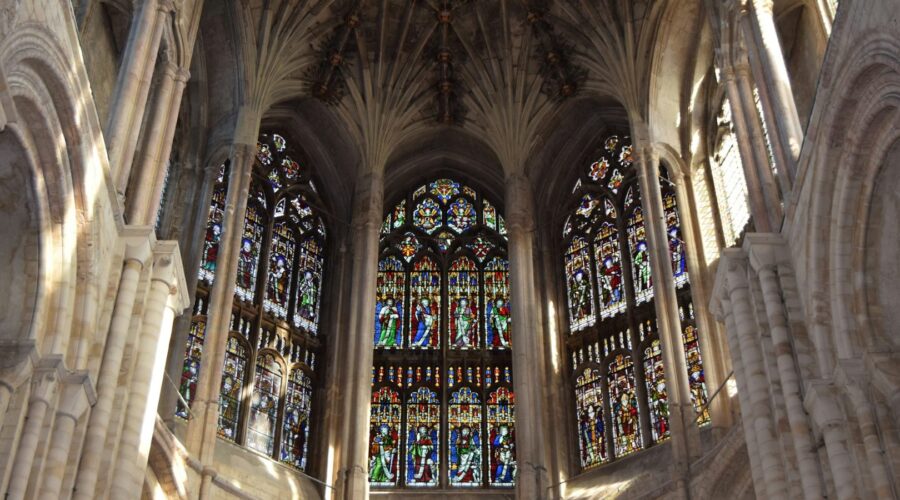Your cart is currently empty!
Unveiling the Life and Legacy of Saint Francis of Assisi

Early Life and Conversion
Francesco Bernardone was born in 1181 to a wealthy cloth merchant in Assisi, Italy. As a young man, he indulged in a lavish lifestyle, seeking glory and adventure. However, a profound encounter with Christ during the battle of Collestrada in 1202 radically transformed his life.
Divine Revelation at San Damiano
In 1205, while praying at the San Damiano Chapel, Francis heard a voice that uttered, “Francis, go and repair my house, which is falling into ruin.” Initially interpreting this as a call to rebuild the crumbling chapel, Francis went on to dedicate his life to spiritual renewal within the Church.
Founding the Franciscan Order
The Poverello: Embracing Poverty
Francis believed in absolute poverty as a means to emulate Christ. He and his followers, known as the Friars Minor or “Little Brothers,” lived off begging and depended on God’s providence.
Regula Bullata: The Franciscan Rule
In 1223, Pope Honorius III approved the Regula Bullata, the official rule of the Franciscan Order. It emphasized obedience, humility, chastity, and the importance of preaching the Gospel.
Nuns of San Damiano: The Second Order
Francis also established the Order of Poor Clares, a branch for women, led by his close companion Clare of Assisi.
Nature as a Mirror of God
Francis held a deep reverence for all creation, seeing it as a reflection of God’s love and beauty. His famous “Canticle of the Sun” celebrates the harmony and joy found in nature.
Miracles and Legends
Stigmata: Wounds of Christ
In 1224, Francis received the stigmata, the wounds of Christ, in his hands, feet, and side. This event underscored his deep spiritual connection to the passion of Jesus.
Taming the Wolf of Gubbio
Legend has it that Francis pacified a fierce wolf that had terrorized the town of Gubbio, reminding the people of his ability to reconcile opposites and promote peace.
Last Years and Death
Retirement and Illness
Francis’s health deteriorated in his later years. He retired to La Verna, where he received the stigmata.
Death and Canonization
Francis died on October 3, 1226, at the Portiuncula Chapel. He was canonized by Pope Gregory IX just two years later.
Legacy and Impact
Patron Saint of Animals and Ecology
Francis’s love for animals and nature earned him the title of patron saint of animals and ecology.
Social Reform and Justice
Franciscan missionaries played a significant role in social reform, fighting against usury and promoting peace.
Inspiration for Modern Movements
The Franciscan emphasis on poverty, simplicity, and compassion has inspired countless spiritual and social movements throughout history.
Table of Key Beliefs and Practices
| Belief | Practice |
|---|---|
| Absolute poverty | Begging and dependence on God |
| Obedience | Submission to spiritual and temporal authorities |
| Chastity | Renunciation of all worldly desires |
| Humility | Recognition of one’s own insignificance |
| Love of nature | Respect for all creation as a reflection of God |
Tips for Incorporating Franciscan Values into Daily Life
* Practice simplicity and avoid excessive material possessions.
* Embrace humility and recognize the limitations of human knowledge.
* Cultivate compassion and kindness towards all beings.
* Engage in acts of peacemaking and reconciliation.
* Find joy in the beauty of nature and appreciate its interconnectedness.
Further Reading and Resources
* Saint Francis of Assisi on Vatican.va
* Saint Francis of Assisi on Encyclopedia Britannica
* Franciscan Media
* Order of Friars Minor
May the life and teachings of Saint Francis of Assisi continue to inspire us to live lives of compassion, simplicity, and peace.